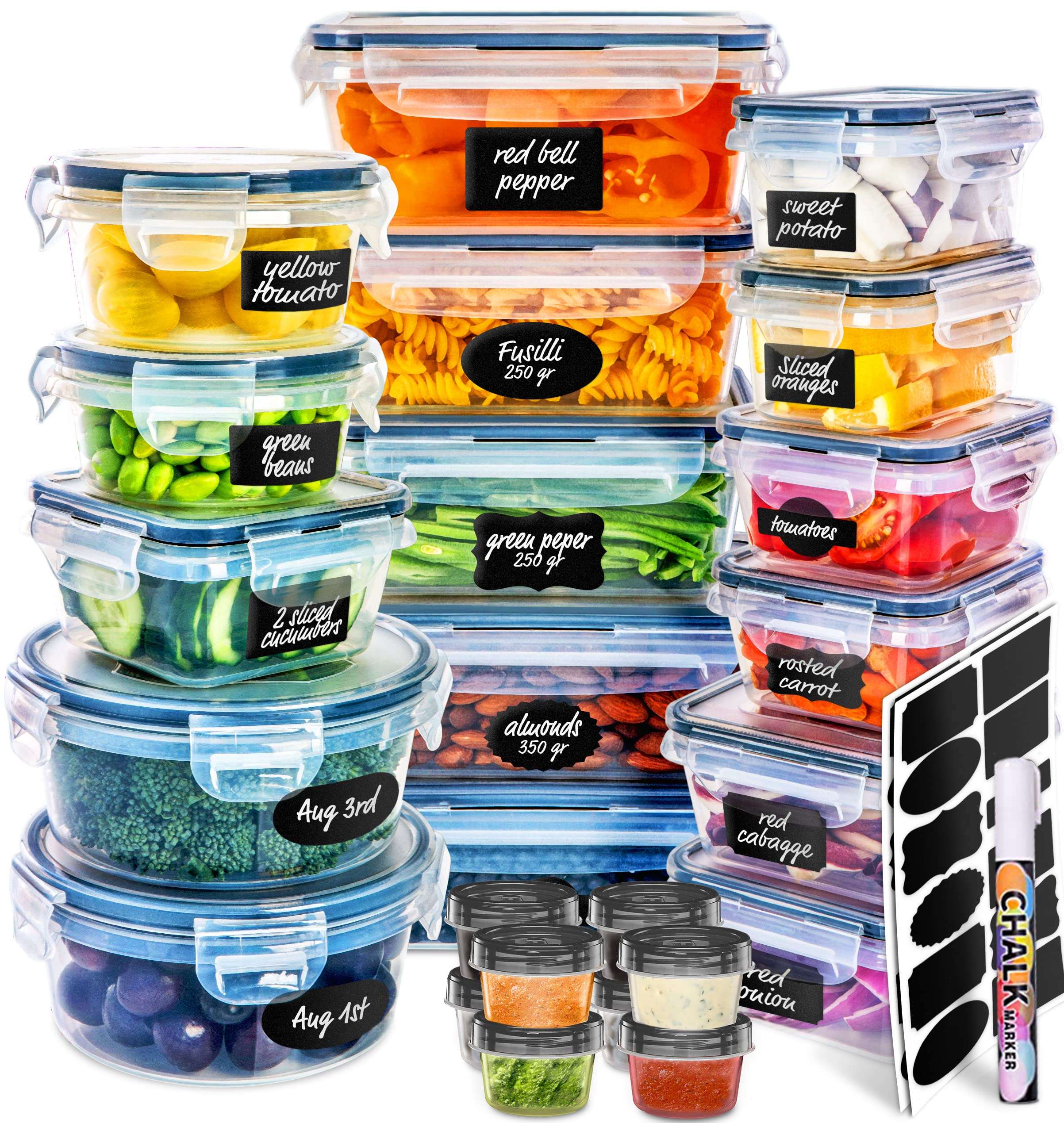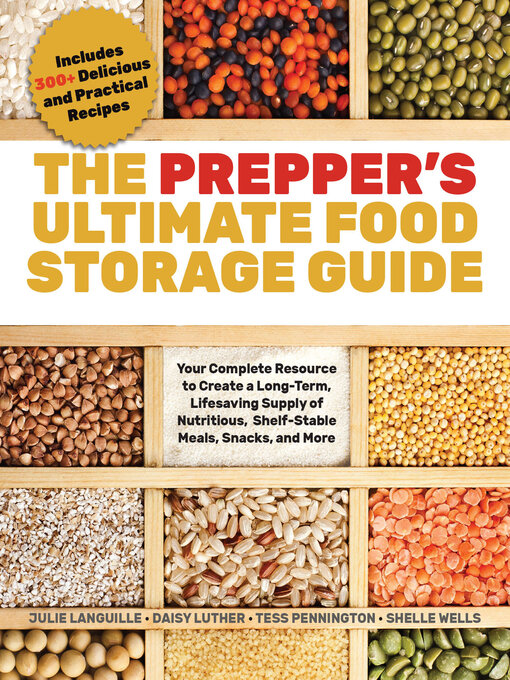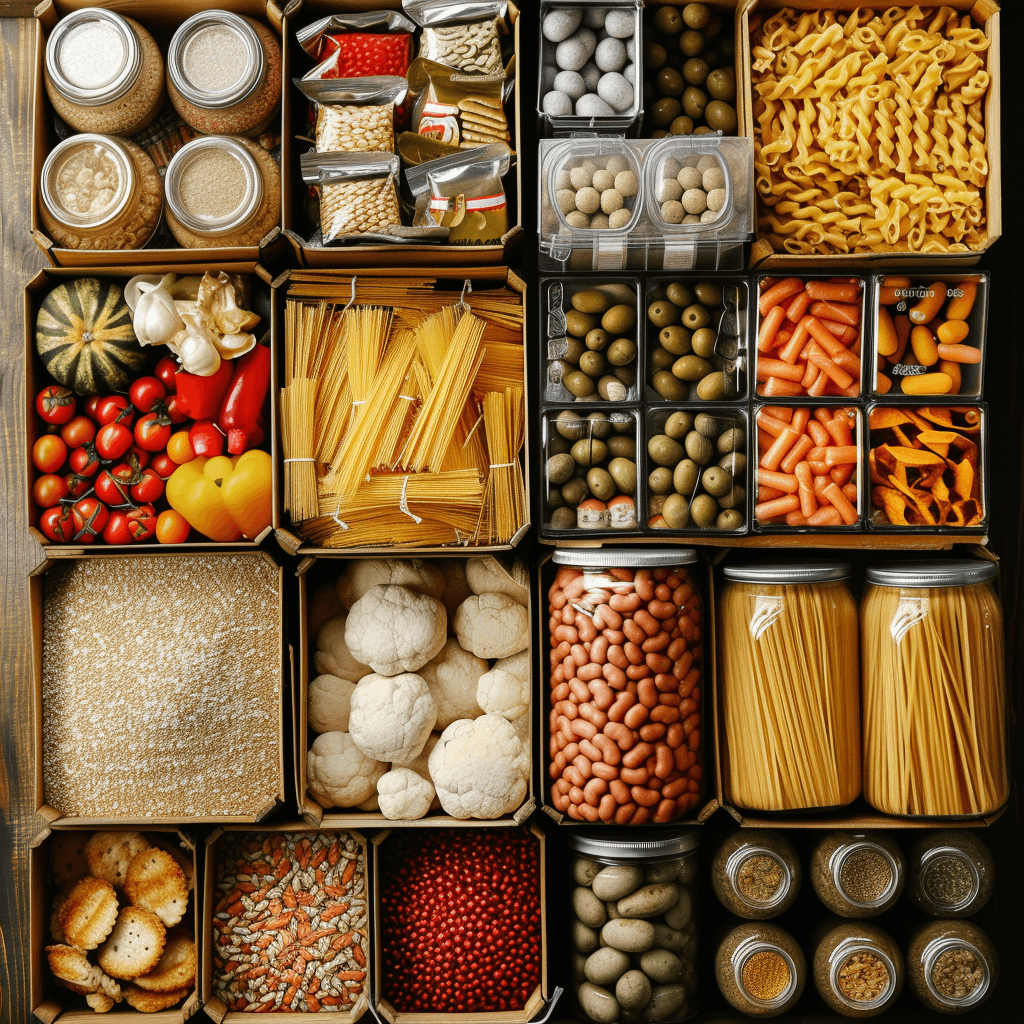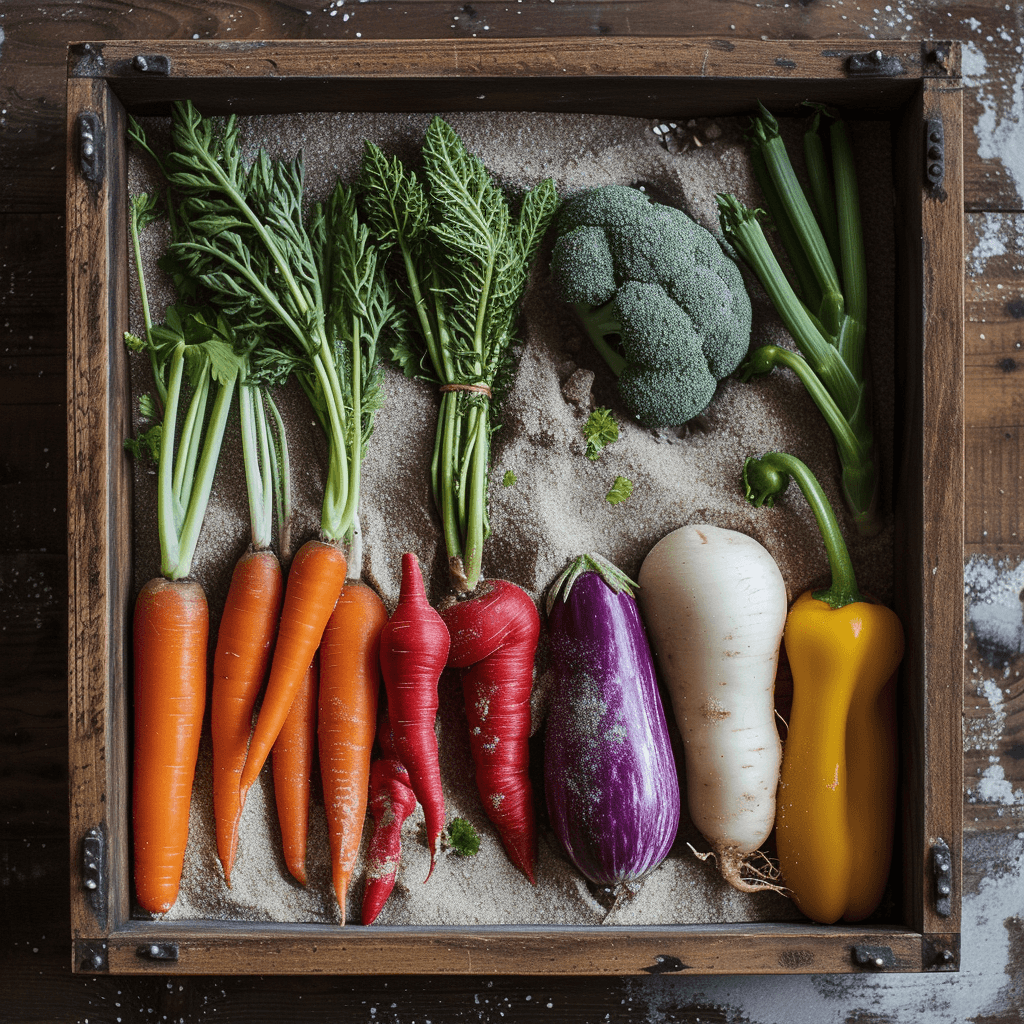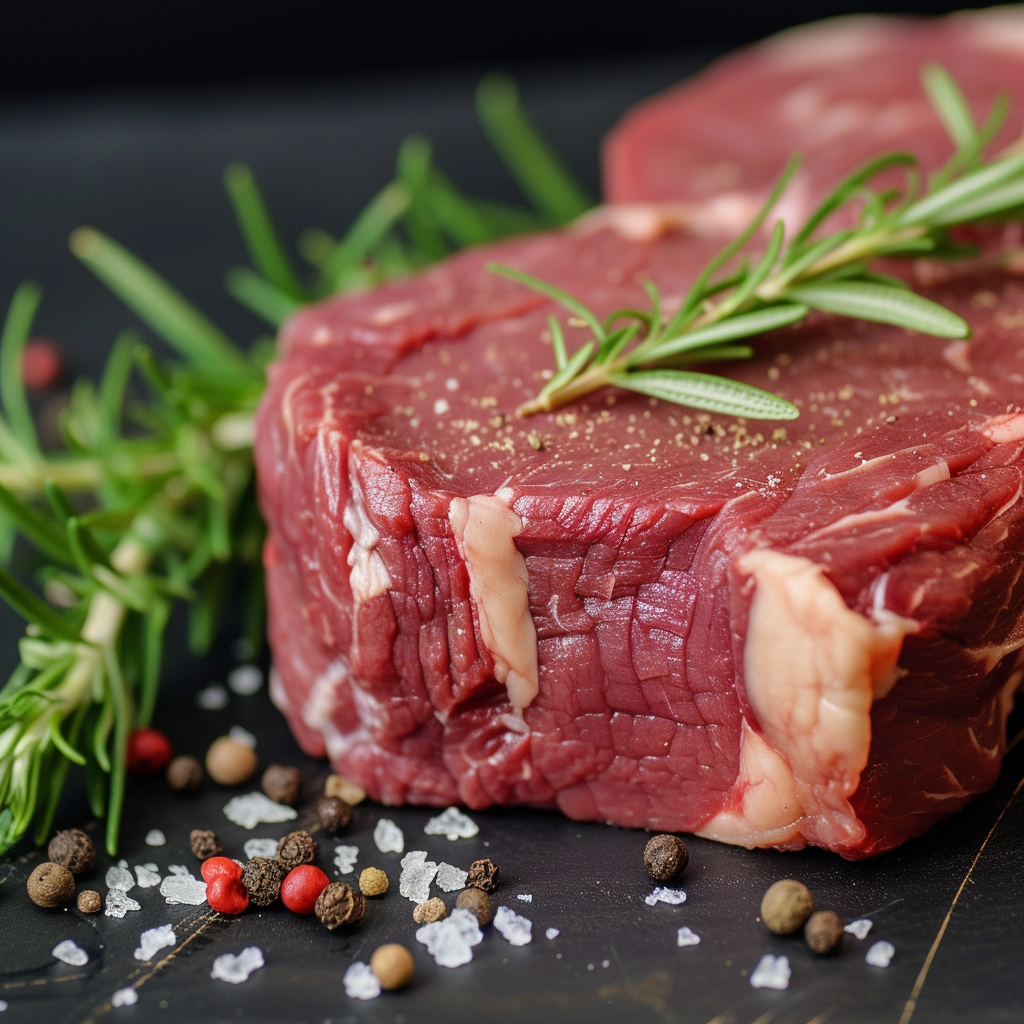In this article, we will discuss the ultimate guide to storing food in the wilderness. If you are someone who enjoys off-grid living or are planning a camping or hiking trip, it’s essential to know how to store your food properly. Throughout this guide, you will learn various techniques and tips on how to keep your food safe and prevent it from spoiling in the wilderness. So, whether you are a beginner or an experienced outdoor enthusiast, this article will provide you with valuable information to help you store your food effectively in a wilderness setting.
Ultimate Guide: Storing Food in the Wilderness
Are you planning a wilderness adventure but unsure about how to store your food? Proper food storage is essential for any outdoor enthusiast to ensure a safe and enjoyable experience. In this ultimate guide, we will walk you through everything you need to know about storing food in the wilderness. From determining your storage needs to implementing food preservation methods, we will cover it all. So, let’s dive in and get you prepared for your next off-grid adventure!
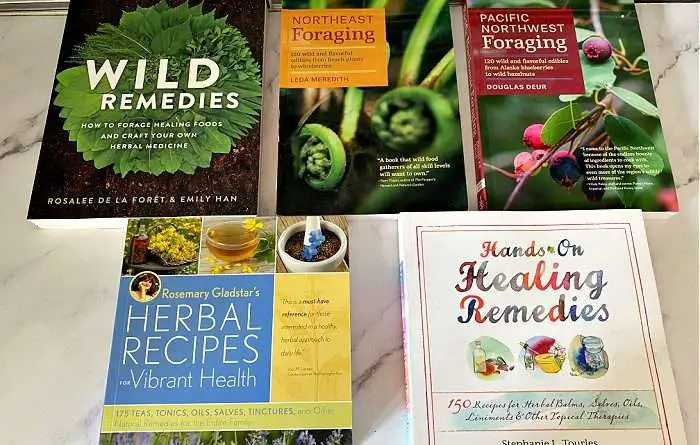
Preparing for Food Storage in the Wilderness
Before embarking on your wilderness journey, it’s crucial to determine your storage needs. Consider the duration of your trip, the number of people, and the types of food you plan to bring. By accurately assessing these factors, you can ensure you have enough food to sustain yourself throughout the trip without overpacking.
Once you have determined your storage needs, it’s time to choose the right containers. Opt for sturdy, airtight containers that will protect your food from external elements such as moisture, pests, and odors. Consider using lightweight, stackable containers to maximize space in your backpack.
In addition to containers, gather necessary supplies such as ziplock bags, aluminum foil, and resealable containers for portioning and storing meals. These supplies will come in handy when you need to divide larger portions into single servings or pack snacks for easy access during your adventure.
Proper Food Storage Techniques in the Wilderness
Now that you have your storage needs sorted and the right containers in hand, let’s explore proper food storage techniques in the wilderness. Using the FIFO method, which stands for “first in, first out,” is a great way to ensure you consume your food in the order it was packed. This way, you can minimize waste and prevent spoilage.
Dry storage methods are also crucial for wilderness food storage. Keep your food dry by using waterproof bags and storing them away from moisture sources. Consider using a dry bag or airtight containers with desiccant packets to absorb any excess moisture.
To avoid confusion and ensure proper consumption, it is essential to apply proper labeling techniques to your stored food. Labeling the date, contents, and cooking instructions on each container or bag will help you keep track of what you have and when it should be consumed.
Food Preservation Methods in the Wilderness
When it comes to preserving food in the wilderness, there are several methods you can consider. Canning your food is a popular option as it allows for long-term storage. Invest in a portable canning kit and follow the proper canning procedures to ensure your food remains safe to consume.
Dehydrating and vacuum sealing is another effective way to preserve food in the wilderness. Dehydrated foods take up less space and retain their nutritional value. Invest in a lightweight dehydrator and vacuum sealer to extend the shelf life of your perishable items.
For adventurous food enthusiasts, utilizing fermentation techniques can be a great option. Fermented foods not only offer health benefits but also have a longer shelf life. Learn the art of fermentation and experiment with pickling vegetables or fermenting fruits to enhance your wilderness dining experience.
Fresh Food Storage Tips in the Wilderness
While it’s essential to store non-perishable items for long-term sustenance, fresh food can bring variety and nutrition to your wilderness meals. So, how can you keep fruits and vegetables fresh in the wild? Start by choosing hardy and unripe produce that can withstand the rigors of outdoor travel. Wrap them individually in newspaper or store them in breathable containers to prolong their freshness.
Preserving meat and fish in the wilderness requires extra care. Choose vacuum-sealed portions to prevent spoilage and odor contamination. If possible, freeze your meat and fish before your trip, gradually thawing them as needed to maintain their quality.
Storing dairy products in the wilderness can be challenging, but it’s not impossible. Opt for shelf-stable dairy products such as powdered milk and condensed milk. These products provide essential nutrients and can be reconstituted easily. Remember to follow proper rehydration instructions to ensure the final product tastes as close to fresh milk as possible.
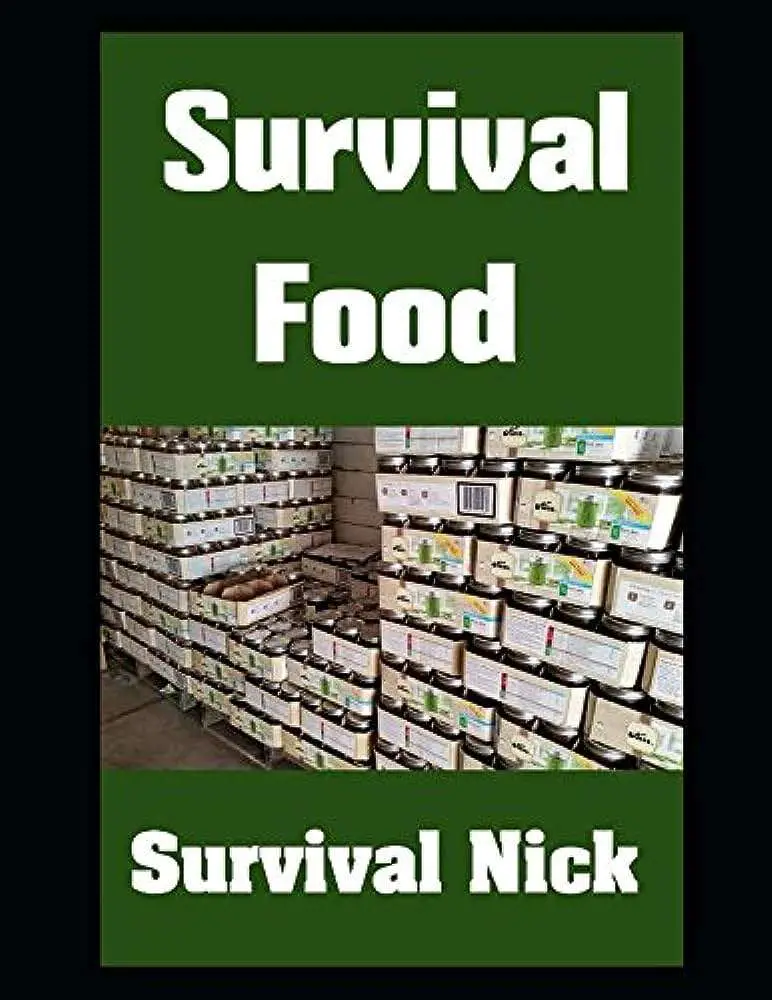
Wilderness Food Storage Challenges
Storing food in the wilderness comes with its share of challenges. Temperature fluctuations can greatly impact the shelf life and safety of your food. Be aware of the temperature changes in your surroundings and take measures to maintain a consistent and safe storage environment.
Protecting your food from wildlife is another challenge you may face. Invest in bear-resistant containers or bear-proof bags designed to keep your food secure and away from animals. Hang food supplies high in trees if no other options are available.
Moisture and mold are common enemies of food in the wilderness. Store your food in dry areas, away from water sources and damp ground. Use moisture-absorbing packets in your containers and regularly inspect your food for any signs of mold. Promptly discard any moldy items to avoid contamination.
Ensuring Food Safety in the Wilderness
Maintaining proper hygiene practices is crucial for food safety in the wilderness. Wash your hands thoroughly before handling any food and sanitize your utensils and cooking surfaces regularly. It’s also important to monitor food storage temperatures to prevent the growth of bacteria. Keep perishable items in coolers with ice packs or in shaded areas to maintain a safe temperature.
Avoiding contamination is paramount when storing and handling food in the wilderness. Store raw and cooked food separately, and use different utensils for each to prevent cross-contamination. Keep your storage area clean and free of debris to minimize the risk of contamination.
Establishing a Food Storage System in the Wilderness
Creating an inventory list is an essential step in establishing a food storage system in the wilderness. This list will help you keep track of what you have and what needs to be replenished. It will also enable you to plan your meals efficiently and avoid unnecessary weight in your backpack.
Organizing food storage areas is important for easy access and efficient meal preparation. Group similar items together and label the sections for easy identification. Store frequently accessed items near the top or in easily reachable locations to minimize the time spent searching for specific ingredients.
Implementing rotation strategies is crucial for maintaining a fresh and balanced food supply. Plan your meals in a way that allows you to cycle through your inventory regularly, consuming the older items first. By doing so, you can maximize the shelf life of your stored food and avoid any food waste.
Emergency Food Storage in the Wilderness
No wilderness adventure is complete without preparing for emergency situations. Stocking up on non-perishable foods is essential in case of unexpected events or prolonged trips. Choose items with a long shelf life, such as canned goods, energy bars, and dehydrated meals. These items can provide sustenance during challenging times.
In addition to non-perishable foods, it is essential to educate yourself about edible wild plants. Familiarize yourself with the local flora and learn to identify edible plants in case you need to supplement your food supply. However, be cautious and seek proper guidance to avoid consuming any toxic plants.

Long-term Food Storage Planning in the Wilderness
For those planning extended trips or off-grid living, understanding shelf life factors is crucial. Be aware of the expiration dates and storage requirements of your food items. Renew and replenish your supplies as needed to ensure a fresh and safe food stockpile.
Incorporating sustainable food sources into your long-term storage plan is not only environmentally friendly but also economically beneficial. Consider gardening, fishing, or hunting as sustainable food sources. These activities can provide you with fresh and nutritious food while connecting you with nature.
Foraging and Hunting for Food in the Wilderness
Foraging for wild edibles and hunting for food can be exciting and rewarding activities in the wilderness. Learn to identify edible plants and mushrooms to supplement your diet with fresh produce. Familiarize yourself with basic hunting techniques and regulations to ensure ethical and responsible hunting practices.
Building traps and snares is another skill to consider when wilderness foraging or hunting. Research and practice building simple traps that can help you catch small game or fish. However, be mindful of local regulations and ensure you have the necessary permits before engaging in any hunting or trapping activities.

Cooking and Meal Preparation in the Wilderness
Cooking and meal preparation in the wilderness can be an enjoyable and fulfilling experience. Portable cooking devices such as camping stoves and portable grills are essential tools for preparing meals on the go. Opt for lightweight and compact devices that fit easily into your backpack.
Explore one-pot recipes that require minimal preparation and cleanup. These recipes are not only convenient but also save valuable water and fuel resources. Experiment with different combinations of ingredients to create nutritious and balanced meals that provide the energy you need for your wilderness adventures.
Managing Waste in the Wilderness
Practicing proper garbage disposal is essential to minimize the impact on the environment. Pack out all your trash and dispose of it properly when you return from your trip. Leave no trace principles should guide your actions, ensuring you leave the wilderness as you found it.
Composting and recycling are additional measures you can take to reduce waste in the wilderness. Compost biodegradable food waste in designated areas and carry out any non-biodegradable waste for proper recycling. By managing waste responsibly, you contribute to the preservation of the wilderness for future generations.
Emergency Food Resupply in the Wilderness
Establishing communication channels is vital for emergency food resupply in the wilderness. Inform someone about your trip details, including your itinerary and expected duration. In case of an emergency, this information can be crucial for arranging assistance or resupply drops.
Arranging regular resupply drops with trusted individuals can ensure you have access to fresh and necessary food items throughout your trip. Coordinate with friends or family to provide you with food packages at designated locations along your journey. This strategy can help you extend your adventure while maintaining a constant food supply.
Utilizing alternative food sources during emergencies is a valuable skill in the wilderness. Learn to identify and gather additional food sources such as insects, wild berries, or edible plants. These alternative food sources can be lifesaving in situations where your planned food supply is depleted or lost.
Conclusion
Properly storing food in the wilderness is an essential skill for any outdoor enthusiast. By determining your storage needs, choosing the right containers, and applying proper food storage techniques, you can ensure a safe and enjoyable wilderness experience. By incorporating food preservation methods, embracing fresh food storage tips, and addressing the challenges of wilderness food storage, you can overcome any obstacles that come your way. Remember to prioritize food safety, establish a food storage system, and plan for emergency situations. Whether you are foraging for food, cooking in the wild, managing waste, or resupplying food in emergencies, this ultimate guide has equipped you with the knowledge needed to store food effectively in the wilderness. Now, get ready to embark on your next off-grid adventure and savor the delights of wilderness cuisine!

